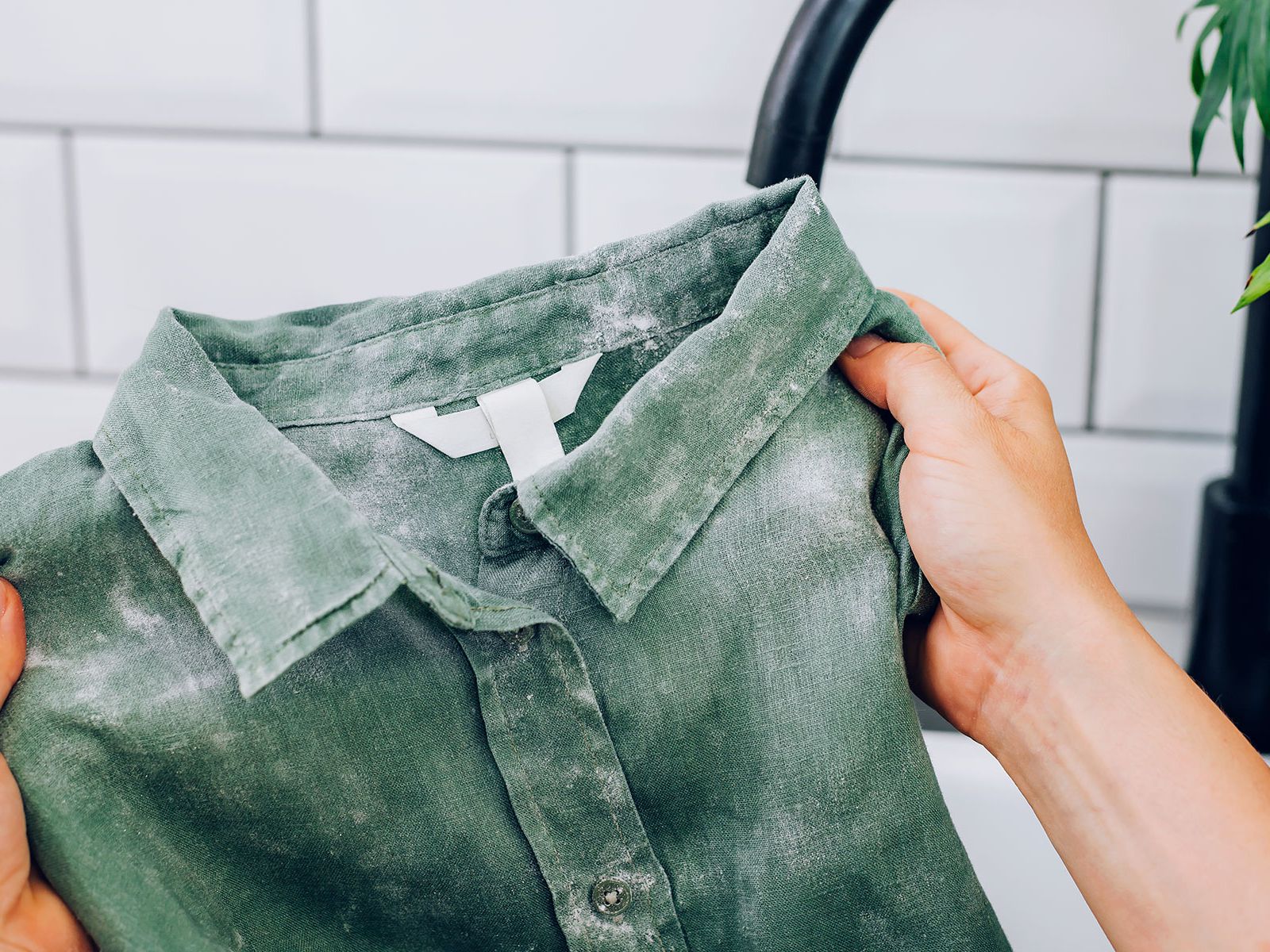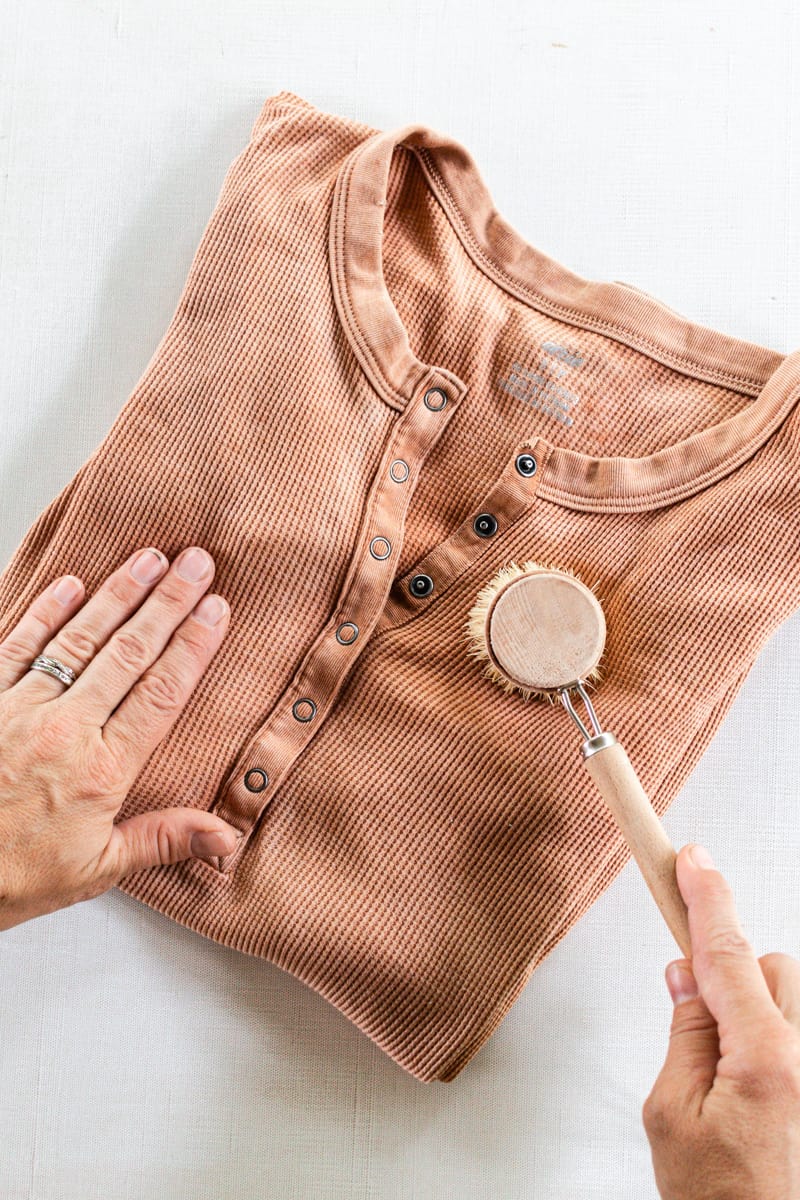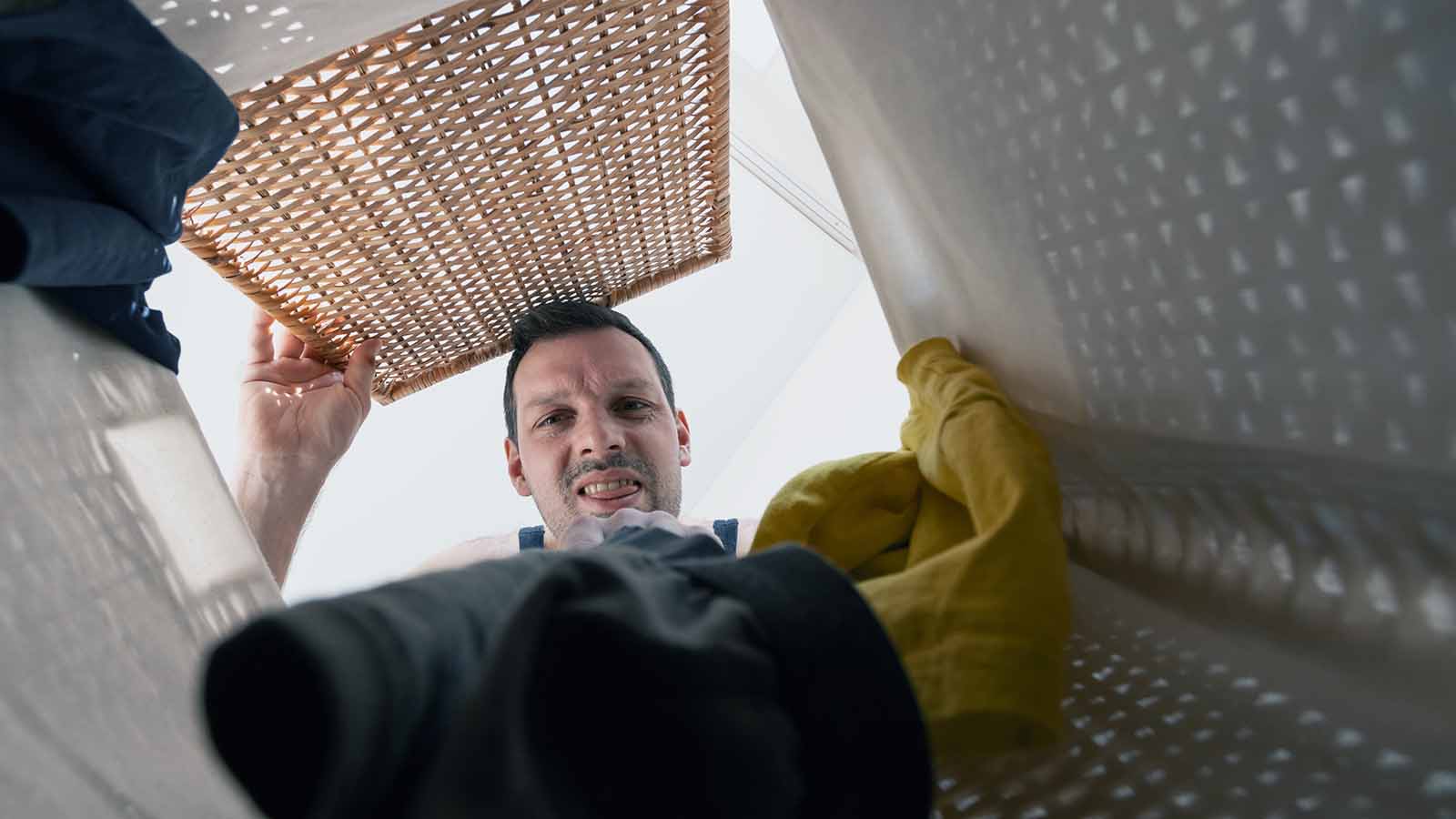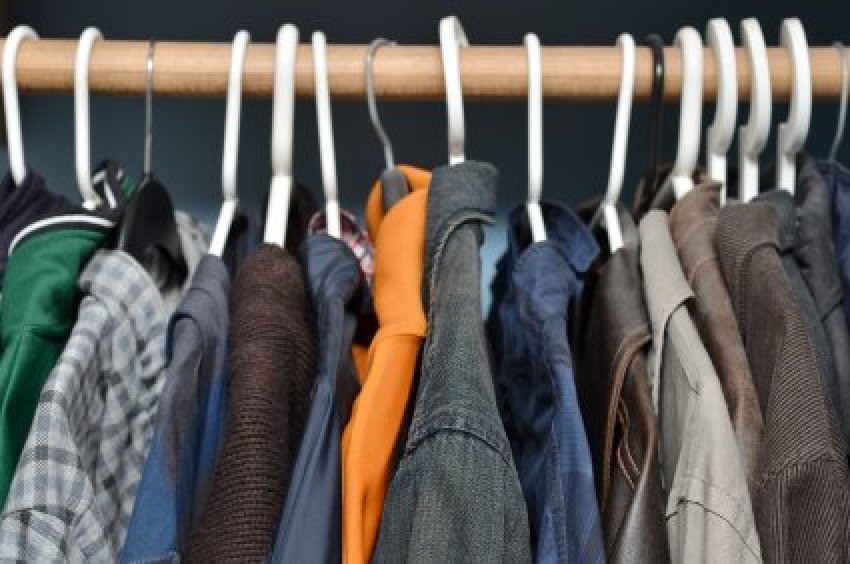Moldy clothes can be a nasty surprise when you pull them out of storage or find them damp in the laundry. But the big question is: Should you throw out moldy clothes, or is there a way to save them? Mold can leave behind stains, odors, and even health risks, but with the right approach, many items of clothing can be salvaged. In this guide, we’ll explain how to deal with moldy clothes, when it’s best to throw them out, and how to prevent mold from forming in the future.

What Causes Mold on Clothes?
Mold grows in moist, warm environments, which means that clothes left in damp areas—like a basement, attic, or even the bottom of a laundry basket—are prime targets. Mold can also develop if clothes are stored when they’re not fully dry, trapping moisture inside fabrics and creating an ideal environment for mold spores to thrive.
According to the Environmental Protection Agency (EPA), mold can form on any organic material that is exposed to moisture. In clothing, cotton, wool, and other natural fibers are especially susceptible to mold growth.
Can You Save Moldy Clothes?

Yes, in many cases, moldy clothes can be cleaned and salvaged. The key is to act quickly and use the right cleaning techniques to remove the mold spores and prevent further damage to the fabric. However, if the mold has caused severe damage, or if the health risks of keeping the clothing outweigh the value of the item, it may be time to throw it out.
How to Clean Moldy Clothes
If you discover mold on your clothes, here are the steps you can follow to clean them effectively:
Step 1: Take the Clothes Outside
Before cleaning, take the moldy clothes outside. This will help prevent the mold spores from spreading throughout your home. Shake out the clothes to remove any loose mold spores. Be sure to wear a mask and gloves to protect yourself from inhaling mold particles.
Step 2: Pre-Treat the Mold Stains
Mix white vinegar or lemon juice with salt to create a natural mold-fighting solution. Apply the mixture directly to the mold stains and let it sit for at least 15-30 minutes. Vinegar is especially effective at killing mold because of its acidity.
Step 3: Wash the Clothes in Hot Water
Place the pre-treated clothes in the washing machine and run them through a hot water cycle. Hot water is essential, as mold spores can survive in cold water. Add an extra cup of white vinegar or baking soda to the wash cycle to help eliminate odors and kill any remaining mold spores.
Step 4: Dry the Clothes Thoroughly
Once washed, dry the clothes in direct sunlight, if possible. Sunlight has natural disinfecting properties and can help kill any remaining mold. If drying outdoors isn’t an option, use a clothes dryer on the highest heat setting recommended for the fabric. Be sure the clothes are completely dry before storing them again.
Step 5: Repeat if Necessary
For stubborn mold stains or odors, you may need to repeat the washing process. Some mold stains may take multiple washes to fully remove. If the fabric still smells or shows visible signs of mold after multiple attempts, it may be time to consider discarding the item.
When Should You Throw Out Moldy Clothes?

While many moldy clothes can be salvaged with the right cleaning methods, there are situations where it’s best to throw them out. Here are some scenarios where discarding moldy clothes might be the safest option:
1. The Mold Has Penetrated Deeply Into the Fabric
If mold has been left untreated for a long period, it can embed itself deep into the fibers of the fabric, making it nearly impossible to remove completely. In such cases, even repeated washing may not fully eliminate the mold or its odor.
2. The Fabric is Too Delicate
Certain delicate fabrics, such as silk or wool, may be too fragile to withstand aggressive cleaning methods like hot water or multiple washings. If the mold has severely damaged the fabric or cleaning it would ruin the material, it’s best to discard the garment.
3. The Clothes Are Worn or Damaged Beyond Repair
If the clothes were already heavily worn or damaged before mold growth occurred, it may not be worth the effort to salvage them. In these cases, tossing the clothes and replacing them is often the most practical solution.
4. Health Concerns Outweigh the Value of the Item
If you or someone in your household has mold sensitivities, allergies, or respiratory issues, the risk of keeping moldy clothes—especially if you’re unsure the mold has been fully removed—may outweigh their value. Health should always come first, and it may be safer to discard items that could pose a threat.
Health Risks of Moldy Clothes

Wearing moldy clothes can pose serious health risks. Mold spores can trigger allergic reactions, respiratory issues, and skin irritation. People with asthma, allergies, or weakened immune systems are particularly vulnerable to mold exposure.
If you notice symptoms like coughing, sneezing, wheezing, or skin rashes after wearing or handling moldy clothes, it’s a sign that the mold may still be present, and it may be time to discard the item.
How to Prevent Mold on Clothes
Preventing mold from growing on your clothes is easier than dealing with it after the fact. Here are some tips to keep your wardrobe mold-free:
- Always Dry Clothes Completely: Never store clothes that are even slightly damp. Make sure clothes are fully dried before folding or hanging them.
- Store Clothes in a Dry, Well-Ventilated Area: Avoid storing clothes in basements, attics, or other damp areas where mold is more likely to form.
- Use Desiccants: If you’re storing clothes for a long period, consider using silica gel packs or other desiccants to absorb moisture.
- Inspect Stored Clothes Regularly: If you have seasonal clothes stored away, check on them periodically to ensure they’re free of mold and moisture.
- Clean Clothes Before Storage: Make sure clothes are clean before storing them. Even small food particles or sweat can encourage mold growth over time.
Conclusion: Should You Throw Out Moldy Clothes?
In most cases, you don’t need to throw out moldy clothes—as long as you address the issue quickly and use proper cleaning techniques. However, if the mold has penetrated deeply, the fabric is too delicate, or the health risks outweigh the value of the garment, it may be time to discard the item.
If you’re dealing with mold in your home and need help with remediation, contact Citywide Mold Mitigation at 844-552-0467. Our experts can help you prevent mold from spreading and keep your home safe from its harmful effects.
FAQ
| Question | Answer |
|---|---|
| Is it safe to wear clothes that had mold on them? | Once properly cleaned, it’s generally safe to wear clothes that previously had mold. Ensure the mold is completely removed, and that there is no remaining odor or visible staining. |
| Can moldy clothes make you sick? | Yes, moldy clothes can cause allergic reactions, respiratory problems, or skin irritation if the mold is not fully removed. It’s important to clean moldy clothes thoroughly or discard them if they can’t be cleaned. |
| How can I prevent mold from growing on clothes? | To prevent mold, always dry clothes completely before storing, avoid storing clothes in damp areas, and use moisture-absorbing desiccants if necessary. |
| Can I use bleach to remove mold from clothes? | Yes, bleach can be effective in killing mold on white or colorfast fabrics. However, it may damage or fade colored fabrics. Always check the care label before using bleach and test a small area first. |
| Does vinegar kill mold on clothes? | Yes, vinegar is an effective, natural solution for killing mold on clothes. It can be used in the pre-treatment process or added to the wash cycle to help eliminate mold spores and odors. |
If you have more questions about mold removal or need professional mold remediation services, contact Citywide Mold Mitigation at 844-552-0467. We’re here to help keep your home safe and mold-free.

